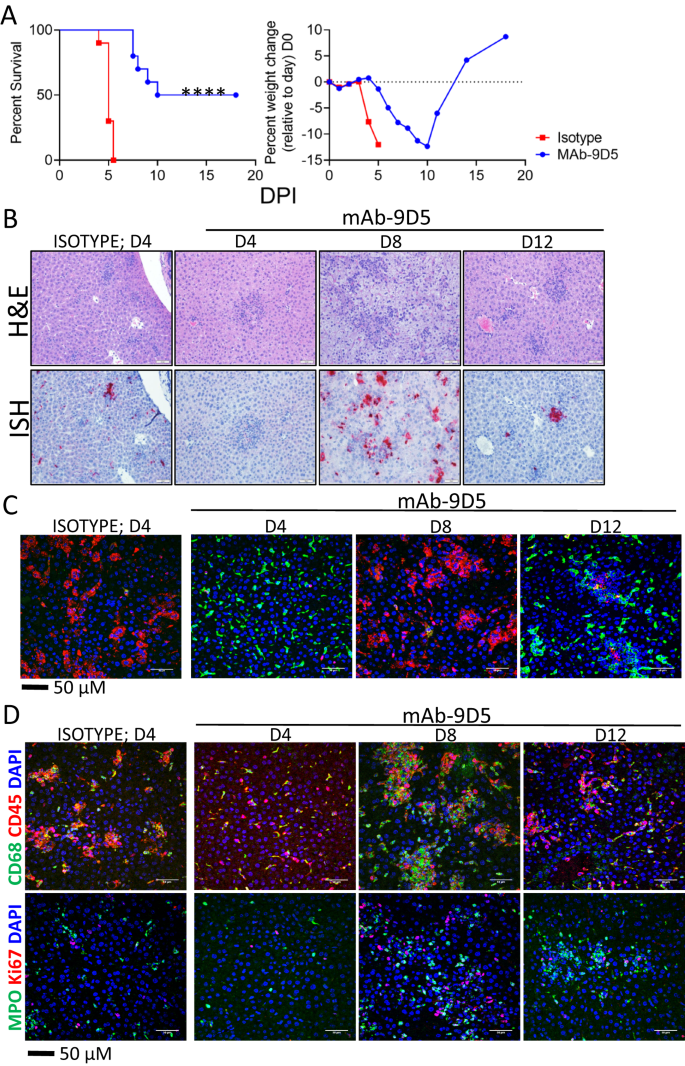香りを利用した新しい治療法は病気を遅らせることができる New scent-based therapy can delay disease; has implications also for agricultural production
2024-02-27 カリフォルニア大学リバーサイド校(UCR)
<関連情報>
- https://news.ucr.edu/articles/2024/02/27/sniffing-our-way-better-health
- https://elifesciences.org/articles/86823
HDACを阻害する環境臭物質への曝露による神経系での遺伝子発現の可塑性 Plasticity of gene expression in the nervous system by exposure to environmental odorants that inhibit HDACs
Sachiko Haga-Yamanaka,Rogelio Nunez-Flores,Christi A Scott,Sarah Perry,Stephanie Turner Chen,Crystal Pontrello,Meera G Nair,Anandasankar Ray
eLife Published:Feb 27, 2024
DOI:https://doi.org/10.7554/eLife.86823.3

Abstract
Eukaryotes respond to secreted metabolites from the microbiome. However, little is known about the effects of exposure to volatiles emitted by microbes or in the environment that we are exposed to over longer durations. Using Drosophila melanogaster, we evaluated a yeast-emitted volatile, diacetyl, found at high levels around fermenting fruits where they spend long periods of time. Exposure to the diacetyl molecules in headspace alters gene expression in the antenna. In vitro experiments demonstrated that diacetyl and structurally related volatiles inhibited conserved histone deacetylases (HDACs), increased histone-H3K9 acetylation in human cells, and caused changes in gene expression in both Drosophila and mice. Diacetyl crosses the blood–brain barrier and exposure caused modulation of gene expression in the mouse brain, therefore showing potential as a neuro-therapeutic. Using two separate disease models previously known to be responsive to HDAC inhibitors, we evaluated the physiological effects of volatile exposure. Diacetyl exposure halted proliferation of a neuroblastoma cell line in culture. Exposure to diacetyl vapors slowed progression of neurodegeneration in a Drosophila model for Huntington’s disease. These changes strongly suggest that certain volatiles in the surroundings can have profound effects on histone acetylation, gene expression, and physiology in animals.


